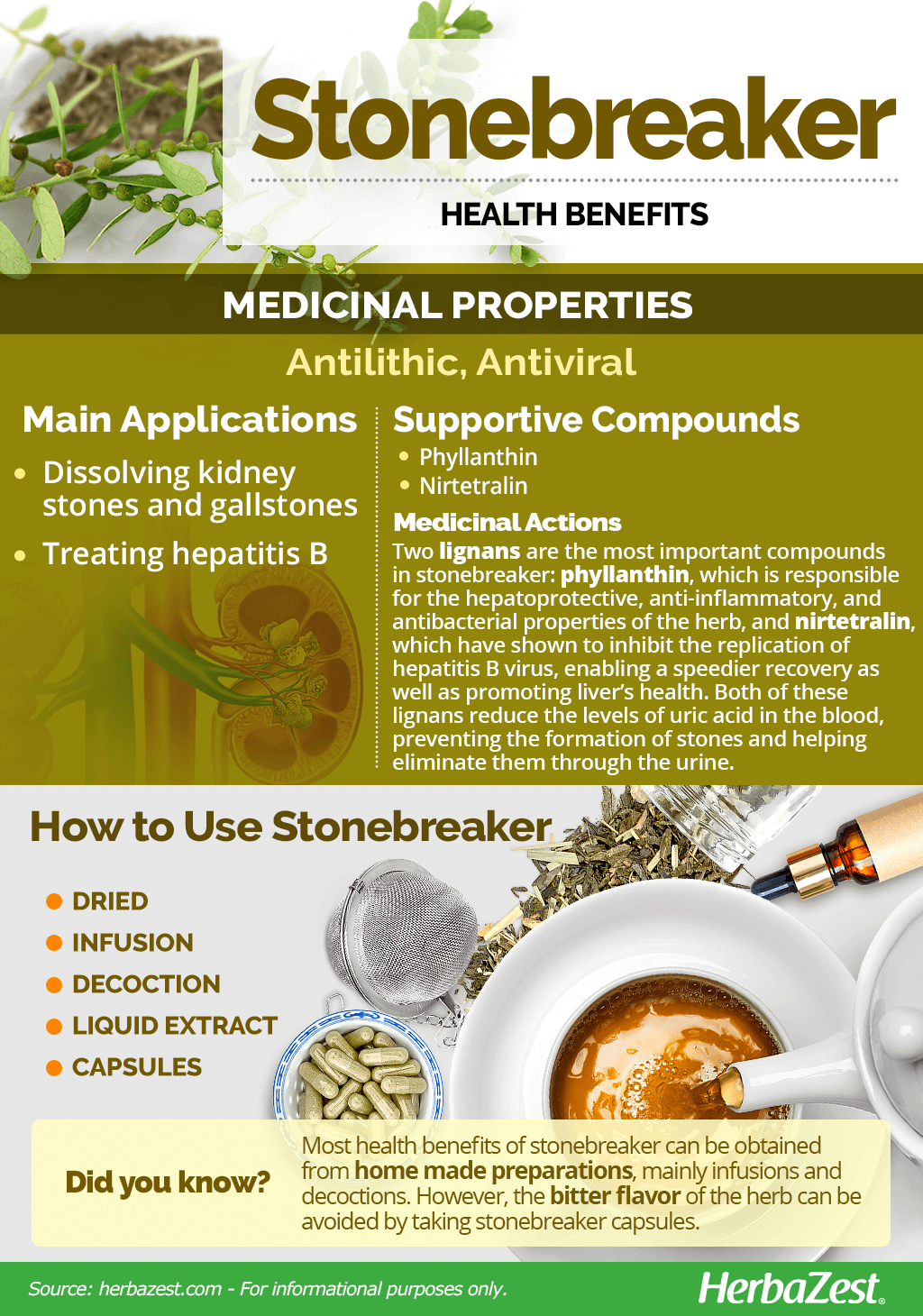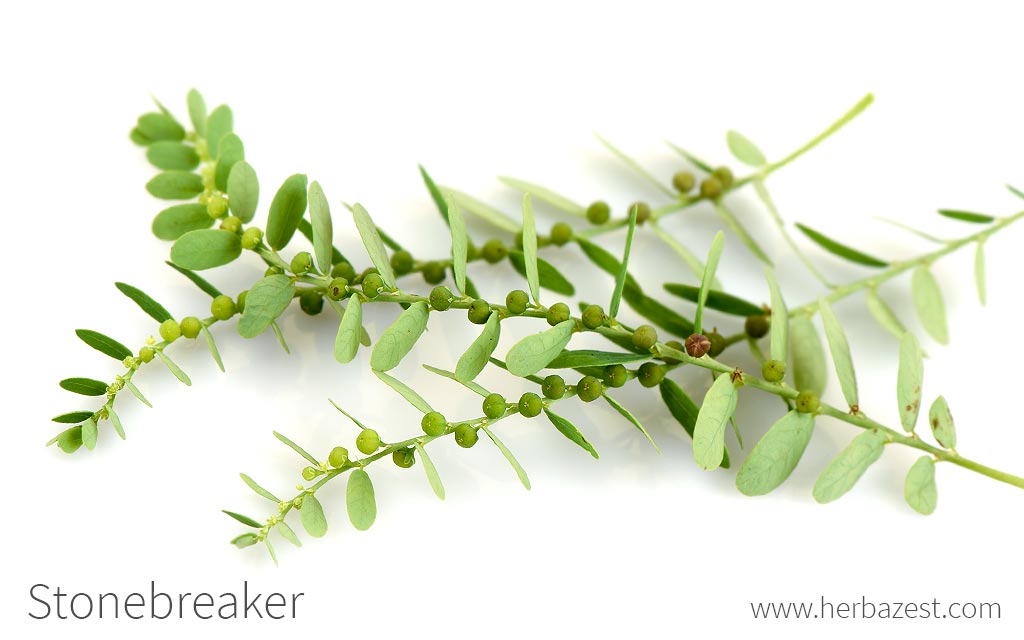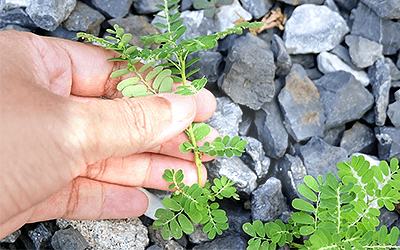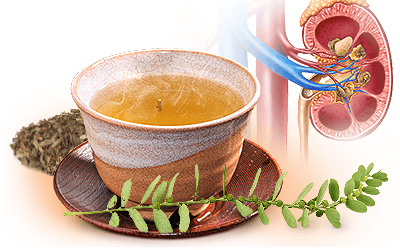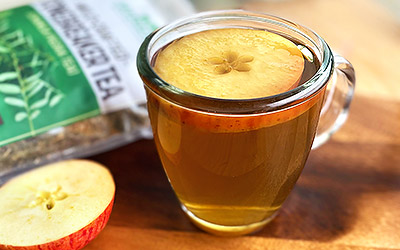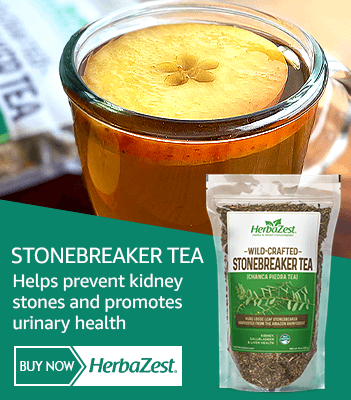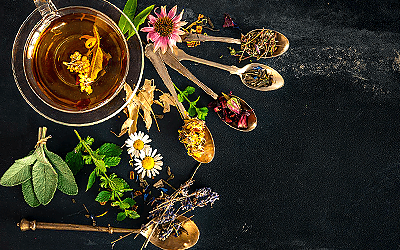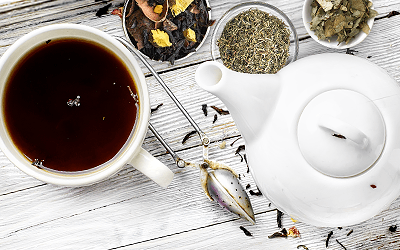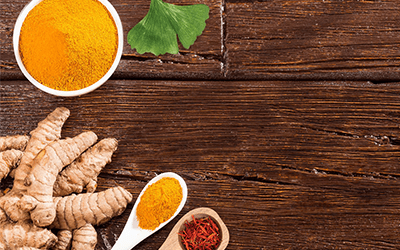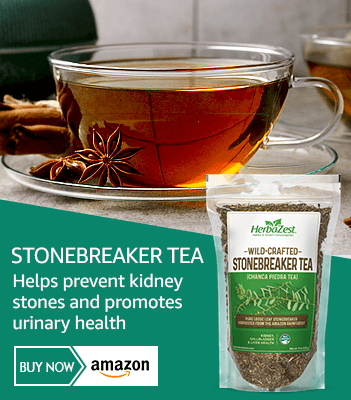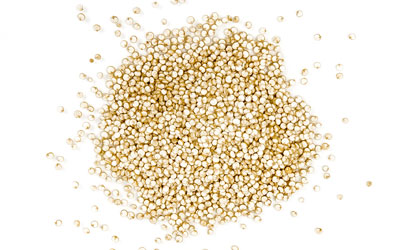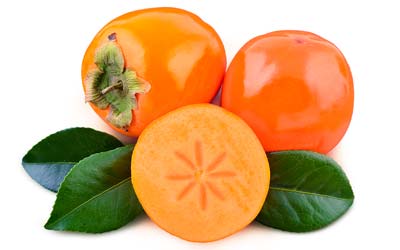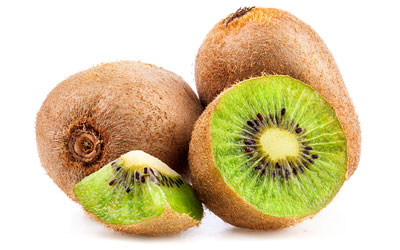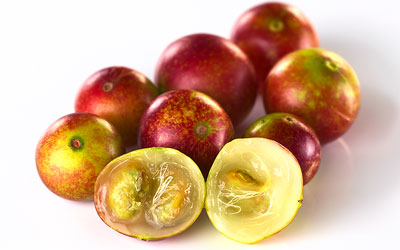Stonebreaker, an herb native to India and South America, has been a traditional mainstay in the Ayurvedic and Unani systems of medicine for millennia. It's common name, stonebreaker - as well as the Spanish and Portuguese equivalents - hails from its popular use in the treatment of kidney stones.
Stonebreaker Medicinal Properties
Health Benefits of Stonebreaker
The stonebreaker plant has been traditionally used for a variety of medicinal purposes, and it's still a hot subject of scientific research today. More studies are needed to ascertain the extent of the health benefits of stonebreaker, but its antilithic and antiviral properties give it the following medicinal uses:
Eliminating kidney stones and gallstones. Living up to its name, stonebreaker has shown to help eliminate kidney stones as well as prevent their formation.1 Studies have also demonstrated stonebreaker's protective effects against calcium oxalate-induced renal injury.2
Treating hepatitis. Preliminary animal and in vitro studies have shown the potential of stonebreaker to treat hepatitis and improve liver function. It's also been found that stonebreaker can improve appetite and antioxidant levels in patients with alcoholic hepatitis.3
In Ayurvedic traditional medicine, stonebreaker's properties have been used for treating a wide variety of ailments, from hiccups to leprosy. It is also a prominent herb in the Unani system of medicine, in which it is applied to wounds and sores as well as taken for relieving the symptoms of jaundice.
Stonebreaker can quell flare-ups of gout by reducing uric acid levels.
How It Works
Phyllanthin is a major bioactive lignan in stonebreaker, and the most studied compound of this plant. It has been observed to have hepatoprotective, anti-inflammatory, and antibacterial properties.
On the other hand, nirtetralin, another important lignan, is thought to be responsible for the antiviral properties of stonebreaker: studies have shown that it can inhibit replication of the hepatitis B virus and suppress its antigens, therefore enabling a speedier recovery. However, more research is needed before using nirtetralin to treat other viruses.
These lignans in stonebreaker have the ability of lowering the levels of uric acid in the blood stream, helping prevent the formation of crystals by altering their structure and composition.
Additionally, the anti-inflammatory activity of the stonebreaker plant can relax the urethra, aiding in the passage of stones.
Stonebreaker leaves' extract helps prevent and treat kidney stones, which are made of uric acid and minerals, by inhibiting their formation.
Herbs that also protect kidney health and improve urination are asparagus, maize, and parsley, whereas milk thistle and peony are useful for treating hepatitis and protecting liver health.
Stonebreaker Side Effects
Stonebreaker is largely free of side effects. However, a closely-related species, P. amarus, may damage kidneys if used in the long term. Therefore, it is recommended to check with a physician before using stonebreaker.
- Medicinal action Antilithic, Antiviral
- Key constituents Phyllanthin, nirtetralin
- Ways to use Capsules, Decoctions, Hot infusions/tisanes
- Medicinal rating (3) Reasonably useful plant
- Safety ranking Use with caution
How to Consume Stonebreaker
The uses of stonebreaker are chiefly medicinal, and no culinary applications have been reported, mainly due to the bitter flavor of the herb.
Most health benefits of stonebreaker can be obtained from home made preparations, however the herb can also be consumed in supplemental forms, which concentrate its healing properties.
Natural Forms
Dried. Stonebreaker leaves and stems can be used to prepare a variety of home remedies.
Infusion. The aerial parts of stonebreaker can be brewed into a warm tisane that can be taken throughout the day, in order to reduce uric acid and prevent the formation of stones.
Decoction. When the stonebreaker leaves and stems are boiled, the concentrated liquid can be taken to aid the elimination of stones and manage the symptoms of gout.
Herbal Remedies & Supplements
Liquid extract. This is a concentrated form of stonebreaker herb that needs to be diluted in water in order to reap it protective benefits.
Capsules. Taking stonebreak in this supplemental form is widely preferred to obtain all its medicinal properties avoiding its naturally bitter flavor.
- Taste Bitter
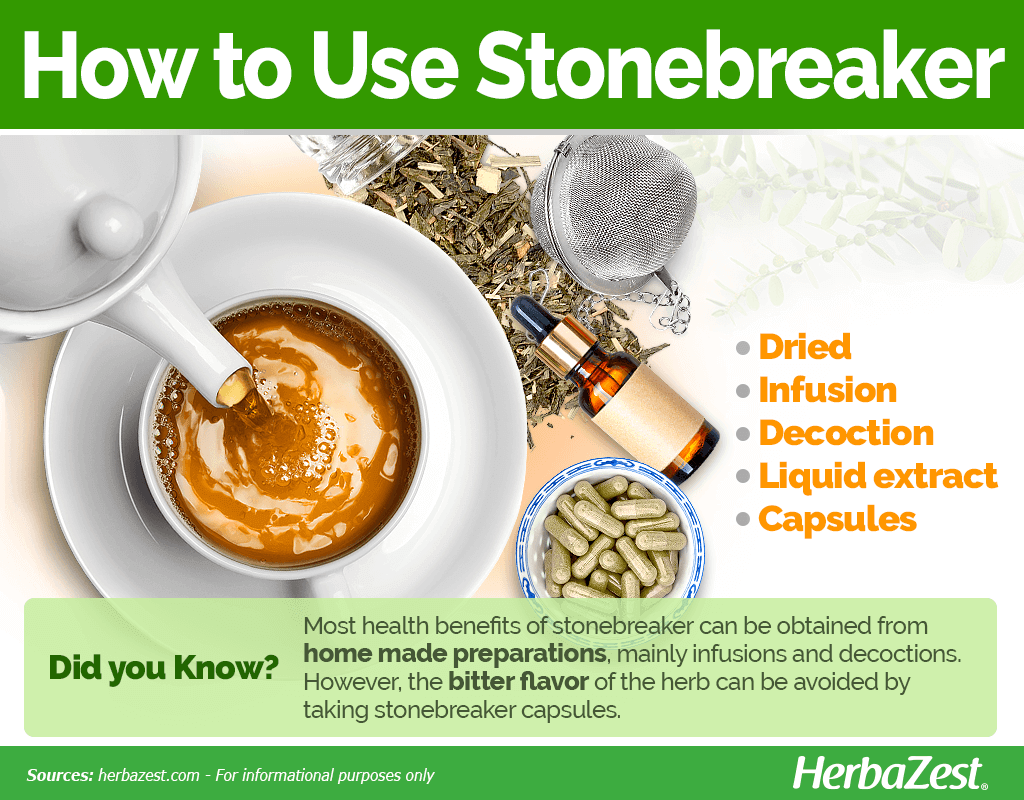
Growing
The stonebreaker plant flourishes in tropical areas and produces beautiful foliage, but it can adapt to different types of soils and climate conditions.
Growing Guidelines
The hardy stonebreaker plant grows well in slightly acidic, wet soils. However, adequate organic matter will ensure a better concentration of medicinal compounds as well as proper development.
The lateral branches of stonebreaker reach nearly five inches (12 cm) long, so the plants need to be spaced at distances of 16 inches (40 cm) between plants, and 24 inches (60 cm) between rows.
Since the stonebreaker plant grows well in tropical rainforests, under partial shade conditions, it may do well in associative systems, such as agroforestry.
- Life cycle Annual
- Harvested parts Leaves, Stem
- Light requirements Partial shade
- Soil pH 6.1 – 6.5 (Slightly acidic)
- Growing habitat Tropical rainforest, Warm climates
- Plant spacing average 0.4 m (1.31 ft)
Additional Information
Plant Biology
The stonebreaker plant can reach 12 - 24 inches (30 - 60 cm) in height. Its oblong, emerald leaves grow on angular steams, and it produces copious yellow-green flowers. The round fruit capsule it bears is small - almost stone-like in appearance - and yields three seeds.
Classification
Stonebreaker (Phyllanthus niruri) belongs to the Phyllanthaceae family, which is represented by about 19 genera in several tropical environments, especially in the rainforest and the savanna. The genus Phyllanthus possess a great diversity that includes approximately 1,000 species of flowering plants.
Varieties and Subspecies of Stonebreaker
Phyllanthus niruri is divided into two subspecies: P. niruri subsp. niruri and P. niruri subsp. lathryroides. In addition, the stonebreaker herb has over 20 botanical synonyms, though Phyllanthus niruri is the commonly accepted name. P. niruri's common names are also used to refer to a number of other plants in its genus, primarily P. amarus, P. fraternus, P. sellowianus, and P. urinaria. These relatives seem to share at least some of the same active compounds.
Economic Data
The stonebreaker plant grows freely in its native tropical zones, so there is no large-scale effort put forth towards its cultivation. In fact, it is considered a weed in some areas. There are no reliable sales or yield statistics on the plant, but there is a niche market for stonebreaker supplements in both India and northern South America. The majority of producers are located in India.
Other Uses
Dye. A decoction of stonebreaker leaves and stems can be used to dye cotton black.
Fishing. Stonebreaker is also used to help catch fish.
Sources
- International Brazilian Journal of Urology, Phyllanthus niruri as a promising alternative treatment for nephrolithiasis, 2010
- Journal of Urology, Can Phyllanthus niruri affect the efficacy of extracorporeal shock wave lithotripsy for renal stones? A randomized, prospective, long-term study, 2006
- North American Journal of Medical Sciences, Histological effects of chronic administration of Phyllanthus amarus on the kidney of adult Wistar rat, 2010
- Planta Medica, Antihyperuricemic lignans from the leaves of Phyllanthus niruri, 2006
- Proceedings of the National Academy of Sciences, Effects of an extract from Phyllanthus niruri on hepatitis B and woodchuck hepatitis viruses: in vitro and in vivo studies, 1987
- Purdue University, Bhuiaonla (Phyllanthus niruri): A Useful Medicinal Weed, 2002
- The Journal of Pharmacy and Pharmacology, The pharmacological potential of Phyllanthus niruri, 2016
- The Scientific World Journal, An Overview of Important Ethnomedicinal Herbs of Phyllanthus Species: Present Status and Future Prospects, 2014
- Germplasm Resources Information, Taxon: Phyllanthus niruri L., 2005
- Phytotherapy Research, Lignans with anti-hepatitis B virus activities from Phyllanthus niruri L., 2012
Footnotes:
- International Brazilian Journal of Urology. (2018). Effect of phyllanthus niruri on metabolic parameters of patients with kidney stone: a perspective for disease prevention. Retrieved May 12, 2023 from https://www.ncbi.nlm.nih.gov/pmc/articles/PMC6092661/
- Frontiers in Pharmacology. (2022). Phyllanthus Niruri L. Exerts Protective Effects Against the Calcium Oxalate-Induced Renal Injury via Ellgic Acid. Retrieved May 12, 2023 from https://www.ncbi.nlm.nih.gov/pmc/articles/PMC9400657/
- Indian Journal of Pharmacology. (2021). Efficacy of Phyllanthus niruri on improving liver functions in patients with alcoholic hepatitis: A double-blind randomized controlled trial. Retrieved May 11, 2023 from https://www.ncbi.nlm.nih.gov/pmc/articles/PMC8764976/
